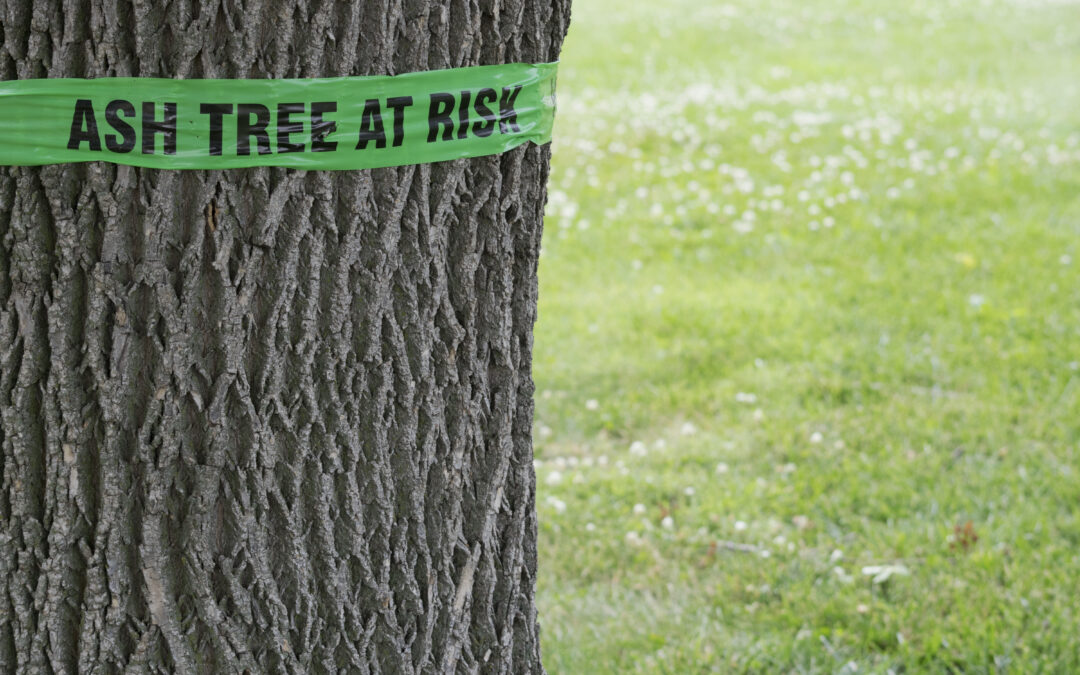The Emerald ash borer beetle (EAB) is a threat to our native Oregon ash and as a result a threat to our waterways and aquatic wildlife.
Native to Asia, EAB was first identified in the US in 2002. It has since spread to 36 states and in June was found in Forest Grove, Oregon. Less than ½ inch long and metallic green, the adult EAB lays its eggs under the bark of the ash tree where the larvae go to work, feeding on the cambium area of the tree, damaging the xylem, and cutting off nutrients from getting to the canopy of the tree. This causes the canopy to start dying (crown dieback) in the top third of the tree. The tree will eventually succumb to starvation in 3-5 years.
Because of their role in aquatic ecosystems, experts fear significant losses to the Oregon ash populations will cause a rise in water temperatures, in turn damaging marine life.
While the state is on the case trying to stem the tide of this invader, they can’t be everywhere at once. It’s up to all of us to be vigilant and be able to identify the threat when we see it. Other than the crown dieback there are other signs of infestation. “D” shaped emergence holes roughly 3mm in size, splitting bark, and woodpecker activity are just a few.
For a thorough breakdown of identification, documentation, as well as links to reporting, check out the OSU extension service article “Oregon Forest Pest Detector Pest Watch: Emerald Ash Borer (EAB)”. I also found this article from The Oregonian, Oregonlive, very informative. Maybe if we all work together we can slow this down enough to get a control method in place.
Would you like to know more?
Do your part!



